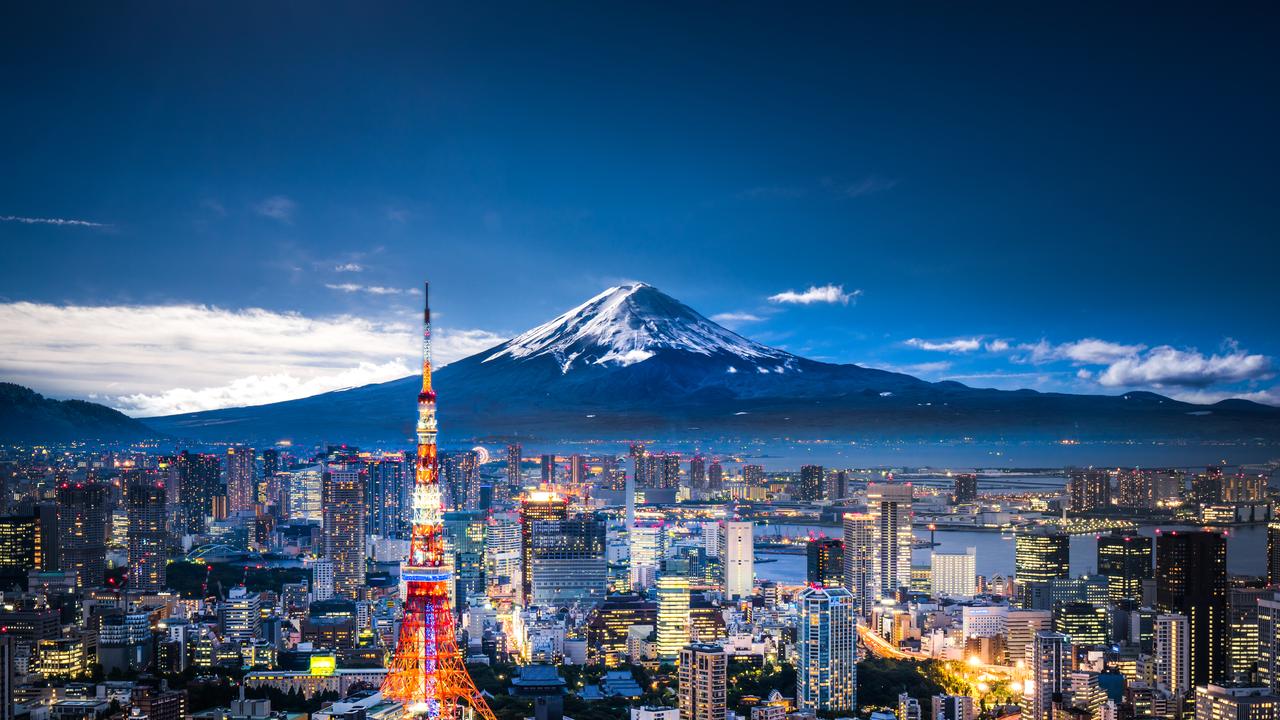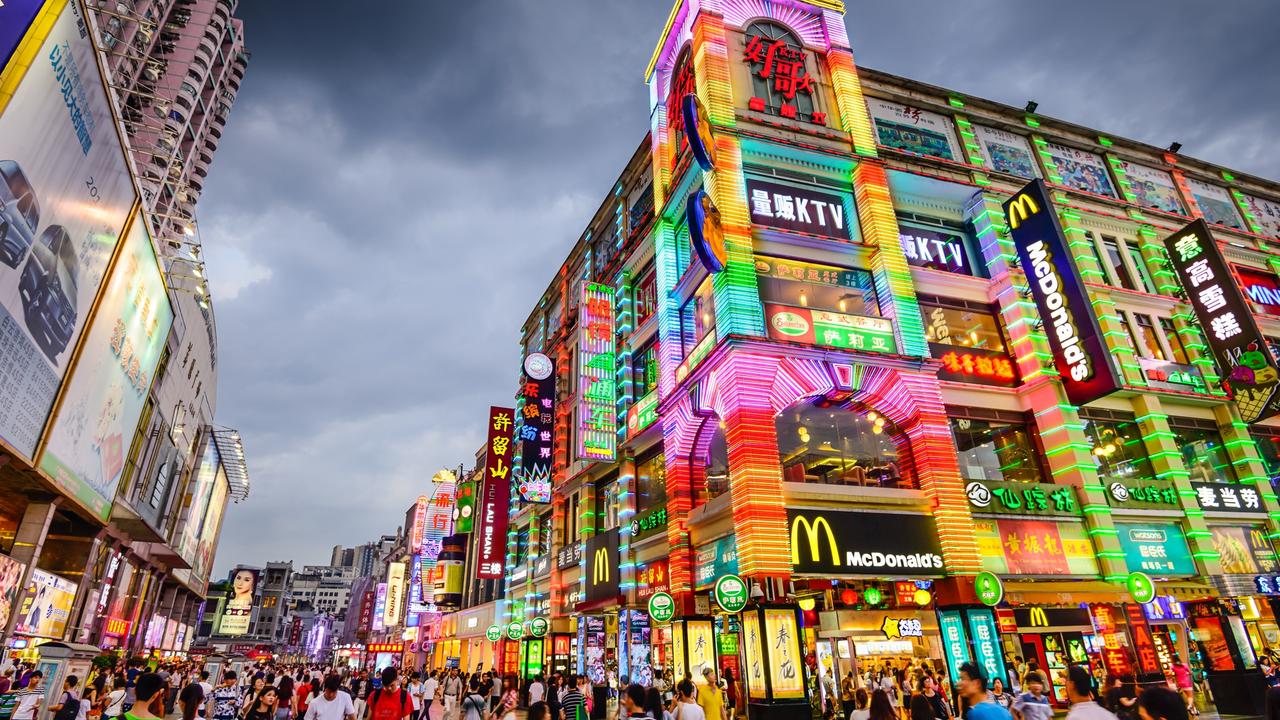In early 2015, earthquakes devasted Nepal but villages are welcoming back trekkers
AFTER devastating earthquakes in early 2015, Nepal is welcoming back trekking tourists. This writer joined them.
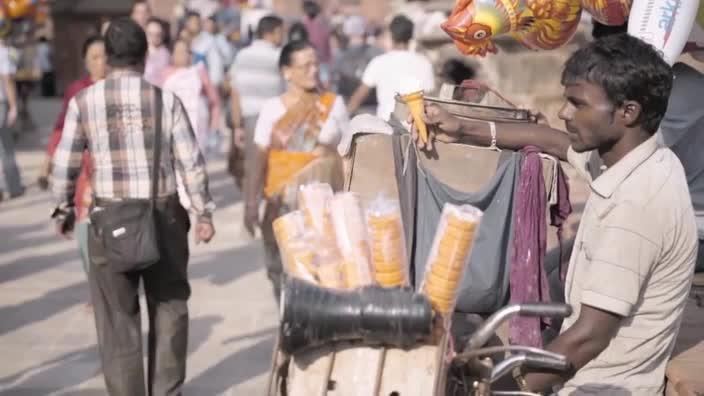
Asia
Don't miss out on the headlines from Asia. Followed categories will be added to My News.
ON tender feet and with hearts pounding, we reach clear land near a statue of Sir Edmund Hillary’s Nepalese climbing buddy, Tenzing Norgay Sherpa.
Above Tenzing’s outstretched arm, a patch of blue sky illuminates mountain peaks topped with snow and the group’s chatter fades to gawking silence. Earth’s tallest mountain, Everest, looms large.
I’m at Namche Bazaar, in Nepal, where most trekkers prepare to tackle the long walk to base camp. This year, after the devastating earthquakes in April and May that killed more than 9000 people, it’s quieter than usual.
Most noise at the Tenzing viewpoint comes from the clatter of tools at a work site nearby, where local builders carve bricks by hand.
One of our group’s most chirpy Nepalese guides, Pemba, clears up any doubt we had about whether locals wanted more tourists to return. “We are very happy to see you,” he says with a beaming smile.
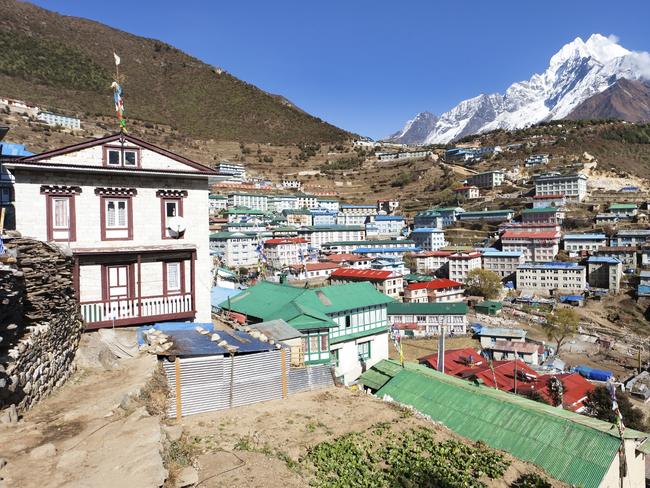
Elsewhere in Nepal, there was a similarly clear message: that the disaster-struck country was ready for more business.
The next day, we began our descent from 3440m, heading towards the town of Lukla.
At various points of the track, mountains taller than anything that exists in Australia — or most countries in the world — surround us.
Most other climbers are heading towards Namche, and possibly towards Everest base camp.
Porters trudge with 80-100kg loads of food and drinks, bent double with a strap across their forehead to keep their burdens steady.
Yaks lumber past laden with grains or produce, spurred on by wiry Nepalese boys.
Bells around their necks clang a warning as they approach and our lead guide, Ram, calls out one of his favourite sayings.
“Outside, safe side,” he says, reminding us to move to the side of the path with a wall of rock or bush, rather than the side where a wayward yak could send someone plummeting.
Later, we see a sign on a building to reinforce the rules. “Please Respect: Porters and Yaks have Right of Way!”
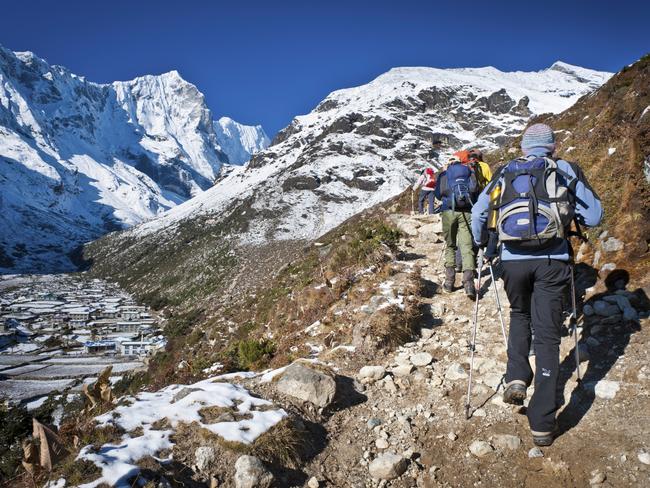
Near to the small village Phakding we see clear evidence of the earthquake. A detour takes us scrambling up a makeshift path where dodging porters is a slightly harder task (“outside safe side!”). Below, workers haul stones to rebuild the path’s wall.
Nearby is a small village where several homes and restaurants were destroyed, and where some people still live in tents while they rebuild. One of our guides, Sanjay, tells me some earthquake victims from this village had to be whisked to nearby Lukla to be flown to Kathmandu hospitals.
Everyone knows someone affected by the eight-magnitude earthquake that rocked the country in April. In May, a major aftershock caused more damage and deaths.
Sanjay was on the way to Everest base camp during the April disaster, when he said he felt dizzy. “Then I heard ‘crack, crack, crack’, because of all the ice around,” he said. “One of my friends died.”
Sanjay said he and others were happy to come back to the trails after they were checked for safety. Health and safety comes first on the mountains, he says, because “if we don’t have our life that’s a big problem”.
Like other guides and porters, Sanjay is supporting family members at home in Lukla by taking people up the mountains. He works for Intrepid, the company that organised this trip to the country, and which has pledged to provide all profits from tours in the region this season towards the recovery.
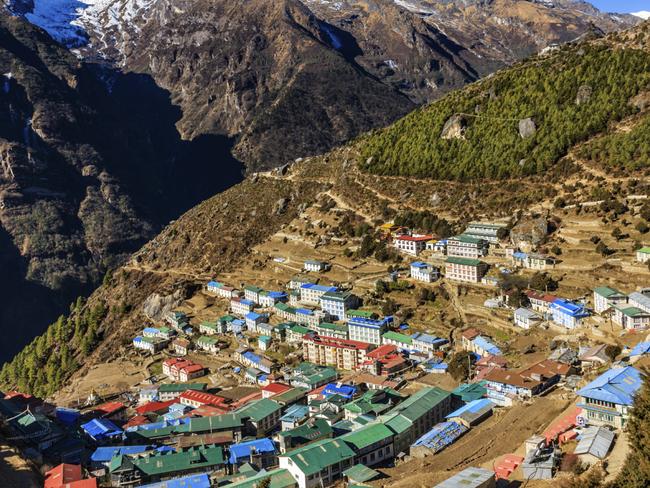
The aim is to raise $1 million by the end of this year’s trekking season in May.
Intrepid co-founder and director of the Intrepid Foundation, Geoff Manchester, says Nepal needs ongoing support and urges people to visit.
“Nepal relies so much on tourism. The only way for Nepal to recover is for tourists to come here,” he says.
“The employment factor — people coming here fills the hotels, and trekking employs the leaders and the porters. It just multiplies.”
On the ground, support is still being provided to Nepalese communities. Plan International is one recipient of Intrepid profits this season, as well as some of the $380,000 from direct fundraising after the earthquakes, and focuses on rebuilding homes and schools.
Local charities include Just-one Nepal, which helps at-risk children; and Seven Women, which provides skills training for unemployed and disabled women.
The Himalayan Rescue Foundation and World Wildlife Fund have also partnered with Intrepid.
Manchester says one key to getting trekkers back to Nepal is to ensure — and prove — safety on the trails.
Soon after the disaster, Intrepid secured World Bank engineers to assess trails in the Everest and Annapurna region. Guesthouses or restaurants at risk were declared off limits until restoration works were done, and trails reopened within months of the aftershocks.
“If people don’t know, then they will be scared to come,” Manchester says.
As we descend further from Namche Bazaar there is evidence of climbers of all levels returning, but it is still relatively quiet.
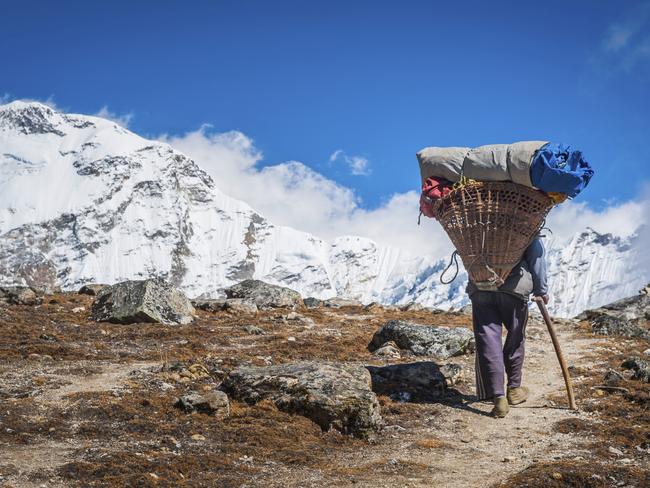
At Phakding, where tales of trekkers who enjoy a few too many post-climb beverages ring in our ears, there is the obligatory “reggae” bar that would be bustling at some times of the year.
Our chief guide Ram reminds us of one of his other favourite sayings, which is really a word of caution: “Drink, but not drunk.”
Good advice, but hard to adhere to once the Everest beers are flowing and the pool competition is raging.
We feast on curries and tasty Asian-style dumplings called momos, filled with chicken or vegetables.
Nepal’s vantage point between China and India means many restaurants provide menus with an array of local, Indian, and Chinese dishes.
The next day, still feeling the effects of the momos (or was it the Everest beers?) we set off in the dark with head torches affixed and wearing fresh socks purchased at the area’s ubiquitous cheap stores.
As the sun rises, light splits around monstrous mountains — one guide described a 6000-odd beast as a “small one” — to create colours cameras can’t quite capture.
Children with round cheeks and sweet smiles play up for visitors to their villages, pulling faces for cameras or taking over as chief photographer.
At Lukla, we were given another warm welcome. This extended to another generous breakfast and much-needed coffee.
As our group prepared to fly back to Kathmandu, via Lukla’s airport perched on a hill, we began to understand why this runway had been described as one of the most dangerous on earth.
As our plane took off into nothingness there was an audible intake of air, as passengers hoped engines would keep purring.
They did.
Back in Kathmandu, between scarf shopping and a trip to a jazz bar, we were reminded how welcome we would be to return to Nepal. I didn’t need the invitation, as one small trek had made me hungry to return for a bigger and bolder adventure. More mountains, and many more momos, are waiting be conquered.
GO2: NEPAL
HOW TO GET THERE
Airlines flying to Kathmandu including Thai, Malaysian, and China Southern airlines. Flying time is about 15 hours. Return flights can cost $900-$1100.
WHEN TO GO
The most popular trekking seasons are March-June and September-November. During these times skies are often relatively clear and temperatures moderate.
WHAT TO DO
Intrepid’s Everest Base Camp Trek is a 15-day journey through the Himalayas, and includes return flights from Kathmandu to Lukla as well as guesthouse accommodation, some meals, and local guides. Prices start from $1296 (excluding international flights). Another popular trip is to the Annapurna region.
MORE
intrepidtravel.com/return-nepal
The writer was a guest of Intrepid Travel
Originally published as In early 2015, earthquakes devasted Nepal but villages are welcoming back trekkers


